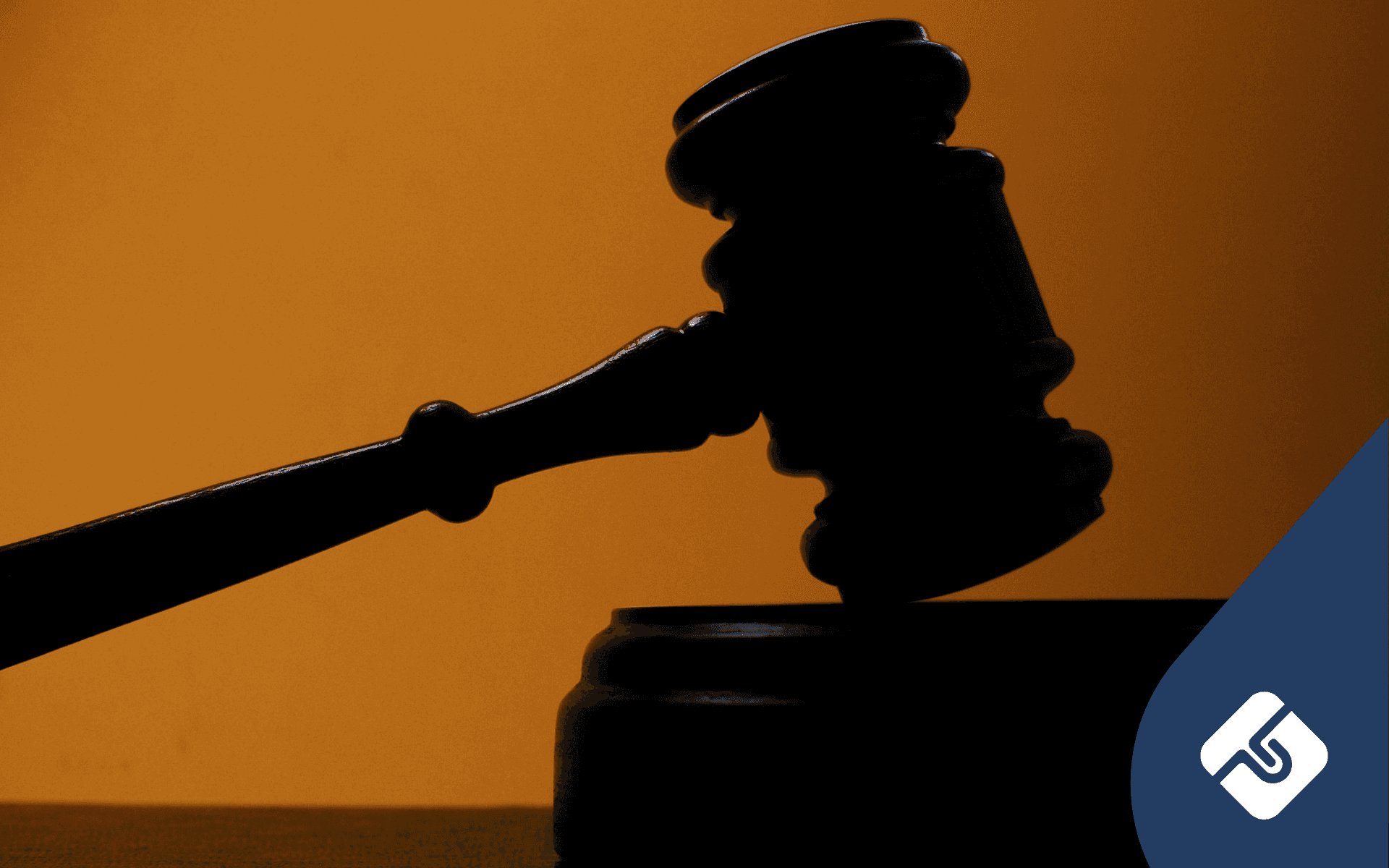Paul is an intern at Lawpath, and is currently studying a combined Arts/Laws degree with a major in criminology at Macquarie University. Paul has an interest in legal tech, which complements his broader interest in cyber crime/security and the way in which it is changing the world.
💡Key Insight
- Under Australian law, you can still sue someone for negligence even if you were partly negligent yourself because contributory negligence only reduces the damages you can recover rather than eliminating your right to claim.
- Contributory negligence allows courts to apportion liability based on each party’s share of fault and adjust monetary compensation accordingly.
- In negligence claims, the defendant bears the burden of proving that the claimant contributed to the harm, which can affect the outcome of the case and the amount of damages awarded.
- Even if you may have contributed to an accident, pursuing a claim can be valid as long as the defendant owed you a duty of care and breached it, causing your losses.
Trying to establish who is at fault for an incident can be difficult. Whilst sometimes the answer can can be simple, it can be quite common for people to find themselves in a situation where determining precisely who is at fault is not easy, especially if you were partly negligent.
In some overseas jurisdictions, your own partial negligence may inhibit you from bringing civil proceedings against another party. However, in Australia, this is not the case. Therefore, you may still bring an action against somebody for negligence, despite your own contribution to a problem. We have outlined some information on contributory negligence for you below.
Tort of negligence
You might hear all sorts of unfamiliar terminology brandished around. This can be confusing, and can make the process of rectifying a problem more challenging than it needs to be. Words you may hear might be ‘tort’, ‘tortious act’, ‘tort of negligence’. In law, a tort is a wrongful act or an infringement of a right (other than under contract) leading to legal liability. The person inflicting the wrong is the tortfeasor, whilst the person incurring the wrong is the injured party. The wrong may arise from negligence.
Negligence is a failure to exercise appropriate and ethical care expected in specified circumstances, known as a duty of care. The tort of negligence will manifest in the event that a wrong arises from a failure to maintain the expected duty of care. These standards of care are outlaid in statute, the common law, and other generally held legal principles.
It is also important to note that whilst crimes may be regarded as torts or wrongs, they are dealt with in the criminal courts. Whilst criminal negligence exists, torts of negligence are primarily civil matters. Accordingly, these matters are dealt with in civil law. Civil law is the law that governs interactions between private parties. Criminal law is the area of law that governs interactions between private individuals and the state.
In civil law, injured parties have the right to seek damages as compensation for the wrong. Legal injuries can arise in the following ways:
- Physically
- Emotionally
- Economically
- Damage to reputation
- Violation of property
- Breach of privacy
- Inhibition of constitutional rights
Contributory Negligence
Put simply, contributory negligence is a type of defence. If a claim in torts for negligence is brought against the tortfeasor (the defendant) by the injured party (the plaintiff), the defendant can claim that the plaintiff contributed to the damages. In NSW, the Civil Liability Act 2002 outlines the thresholds and standards for contributory negligence. However, the precise provisions will vary from state to state.
In some instances, contributory negligence as a full defence will absolve the defendant entirely of wrongdoing. For example, if you walked onto the road without checking for traffic and got hit by a passing car. Conversely, it can also be used as a partial defence. For example, if you walked onto the road without checking, , but got hit by a speeding car. In this instance the defendant bears the burden of proof. What this means is that the defendant must prove to the court that the plaintiff contributed to the incident, not the other way around. The standard of that proof is that the plaintiff failed to adhere to the standard of care that a reasonable person would observe in the circumstances. In this situation, it would mean that a reasonable person would have checked both ways before stepping out onto the road.
Apportionment of Damages
As a result of establishing contributory negligence, the Court may apportion damages. Apportionment of damages is the division and allocation by the amount each party’s negligence contributed to the damages. For example, a court might find that the defendant contributed 60% to a car accident, whilst the plaintiff contributed 40%. Accordingly, the court would apportion damages and order the defendant pay 60% of the costs of the damage incurred by the injured party.
As you can see, establishing fault can be a very tricky task. As such, it is very important that you approach these situations strategically. Even if you believe you may have partially contributed to an accident, it is important to know you still have rights in respect of any duty of care owed to you. A letter of demand can facilitate the process of seeking compensation. It can then escalate to a statement of claim. However, if you are unsure about your situation, it may be worth seeking the advice of a torts lawyer.







